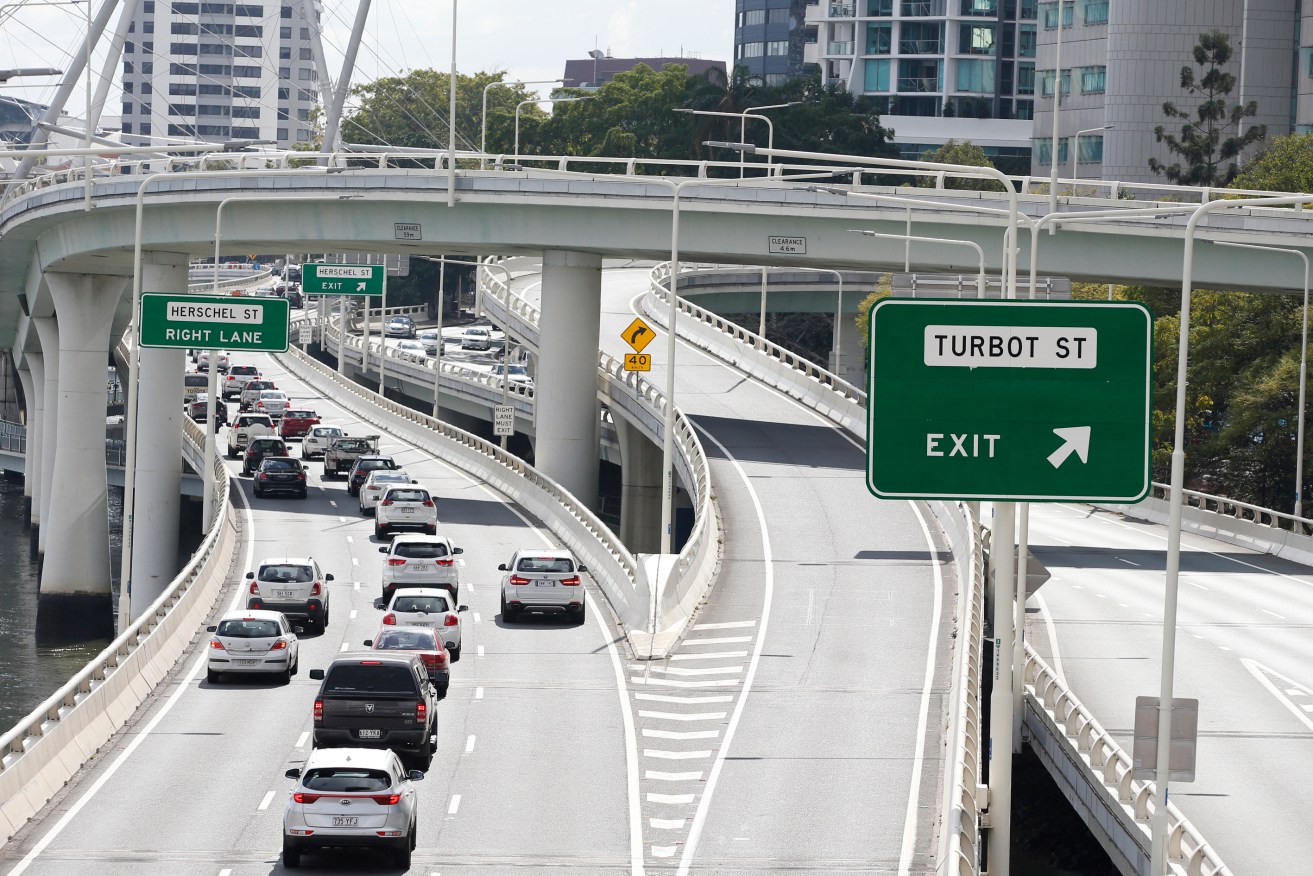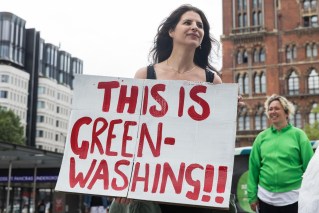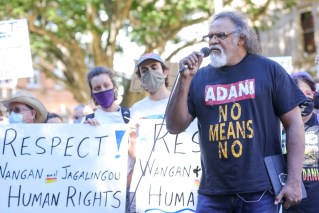Grinding halt: How Qld’s economy just went into a sharp slowdown
Queensland’s economy appears to have hit the skids with migration falling back to the national average, house prices falling, retail sales contracting and Brisbane residents being hit with the highest quarterly inflation rate.


The report said state final demand, a measure of the domestic economy, had fallen into the negative. (AAP Image/Regi Varghese)
State final demand, a measure of the domestic economy, has also fallen into the negative and ANZ’s Stateometer report lists Queensland and Victoria as the only states that were below trend and decelerating.
The rest of the nation was in a category of above trend, but decelerating.
“A global trade slowdown, which could hurt Queensland’s exports, is another headwind for the state,” ANZ said in its Stateometer report released today.
“For households, housing costs rose by 3.4 per cent in Brisbane in the March quarter, driven by a 32.5 per cent increase in electricity costs.”
Further electricity hikes were expected for the southeast, although the State Government is expected to offset at least some of the costs with rebates. And a Melbourne Institute report also said Australians were now often unable to fund basic needs such as food housing and health.
“Inflation is still higher than the target band in all states but grew particularly strongly in NSW, Queensland (7.4 per cent year-on-year) and South Australia to the first quarter of 2023.
“Housing activity in the Stateometer index has slumped across the board, notwithstanding the stickiness seen in housing prices. The consumer side of the economy is rapidly weakening as inflation and rising interest rates bite.
Queensland’s economy had been a big beneficiary from interstate migration during Covid, but the ANZ said even that while the rate of immigration remained strong, it was now converging with the national average.
The costs of building in Queensland had also skyrocketed to 17 per cent last year but was now easing to the national rate of 9.5 per cent.
ANZ said the population growth as well as the recovery from floods in Brisbane and the southeast may have been factors in the spiralling costs. However, price growth “was still a challenge” and there were lingering pressures in the form of labour shortages and price volatility in materials such as metals, timber and fuel.
“Strong population growth in Queensland (which adds to housing demand), as well as construction sector demand from flood damage, may have contributed to the downturn.
It follows news from the tourism sector that it too was forecasting a downturn in domestic visitation as interest rates and inflation cut into discretionary spending. International tourism was still well behind its pre-Covid levels and was not expected to recover until 2025.
Business conditions remained positive.
“A host of survey indicators suggest that businesses are generally confident and conditions have not deteriorated sharply despite slowing economic activity,” the report said.
The Melbourne Institute report said more than half of those surveyed had reported increases in housing costs, missing meals or eating less, eating less nutritious meals, not being able to pay utility bills and skipping doctor appointments or not filling prescriptions.












